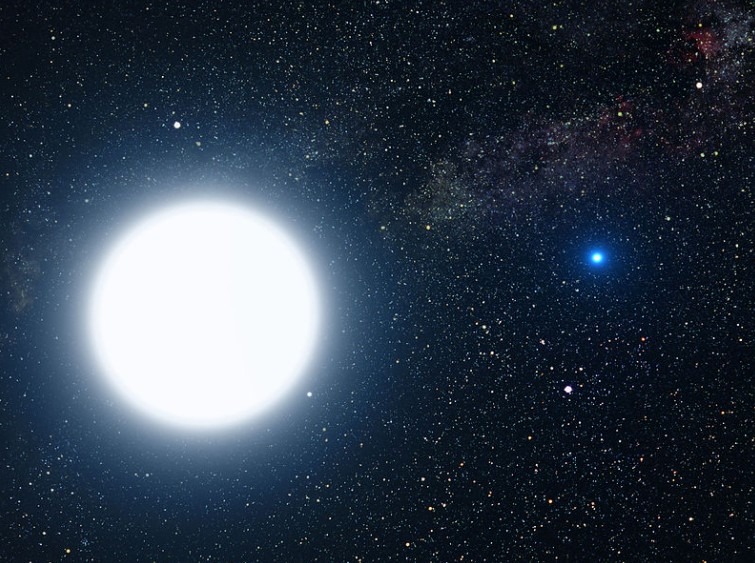There was a time when humans knew nothing about the lifecycle of stars. While some believe that stars are meant to live forever, others believed that they share more or less the same lifecycle as any living beings. Today, we know that stars are born, expand during their lifetime and then die.
However, their lifecycle is totally different from living beings on earth. There are a lot of factors contributing to the lifecycle of stars. To understand the entire process, let us discuss the lifecycle of stars along with the different stages.
Seven Main Stages of A Star’s Lifecycle
When it comes to discussing the lifecycle of a star, the mass is the most important factor. Since mass varies in different stars, the shine and how it dies varies as well. While massive stars turn into supernovae, black holes, and neutron stars, the smaller stars tend to die as a white dwarf usually surrounded by a disappearing planetary nebula. However, one thing remains for all-stars and that is the lifecycle. Each star goes through the same process or stages irrespective of its size.
1. Giant Gas Cloud
A star is usually born from a large gas cloud. The temperature inside the cloud is low enough for the synthesis process of the molecules to take place. As a reference, the Orion cloud complex in the Orion system explains the state of the star in this stage.
2. Protostar
The gas particles existing inside the molecules crash into each other, resulting in the production of heat energy. This gives birth to a warm clump of molecules, termed as Protostar. Since the Protostar molecules tend to be warmer than other materials existing in the molecular cloud, the Protostars can be seen using infrared vision. Depending on the size of the molecular cloud, several Protostars can be formed inside a cloud.
3. T-Tauri Phase
The T-Tauri phase of a star begins when the materials do not fall into the Protostar anymore and release a significant amount of energy. At this stage, the Tauri star does not have enough mean temperature to encourage nuclear fusion at its core. The T-Tauri star lives for around 100 billion years before moving to the Main sequence phase, which is the next stage in the lifecycle of stars.
4. Main Sequence
The Main Sequence is the stage where the temperature reaches a point for the fusion to begin. This is the stage where the hydrogen protons are converted into helium atoms. By nature, this process is called exothermic as it produces more heat than required. As a result, a star’s core main sequence releases a huge amount of energy.
5. Red Giant
At its core, a star tends to convert atoms made of hydrogen into helium. Over time, the hydrogen serving as a fuel ends and the internal reaction concludes. This means that there are no reactions taking place in a star’s core. Therefore, gravity causes a star to contract inward allowing it to expand. As it expands, a star first becomes a subgiant star before turning into a red giant. Red giants appear red instead of yellow because they have cooler surfaces as compared to main-sequence stars.
6. The Fusion of Heavier Elements
While the star is expanding, the Helium molecules at the core fuse. The reaction produces so much energy that it prevents the core from collapsing. As a result, the core begins fusing carbon as it shrinks and once the helium fusion ends. This process keeps on repeating until iron appears at the core. The core then collapses due to the reaction of iron fusion absorbing energy. The result of this implosion is that the massive stars turn into supernova while smaller stars like the sun contract into white stars.
7. Supernovae and Planetary Nebulae
Although most of the star material finds its way into space but the core tends to implode into a neutron star or singularity most commonly known as the black hole. Smaller stars on the other hand do not explode and instead contract until they become white dwarfs. However, their outer materials drift away with time. Even though these red dwarves are comparatively difficult to spot but they live on for trillions of years.
Final Word
The stages outlined above are the most important phases of a star’s lifecycle. Regardless of their size, stars are one of the most beautiful objects in space. Each stage plays a detrimental role in deciding the size and life of a star. So, the next time you look up at the stars, remember, this is how they are created and die.





